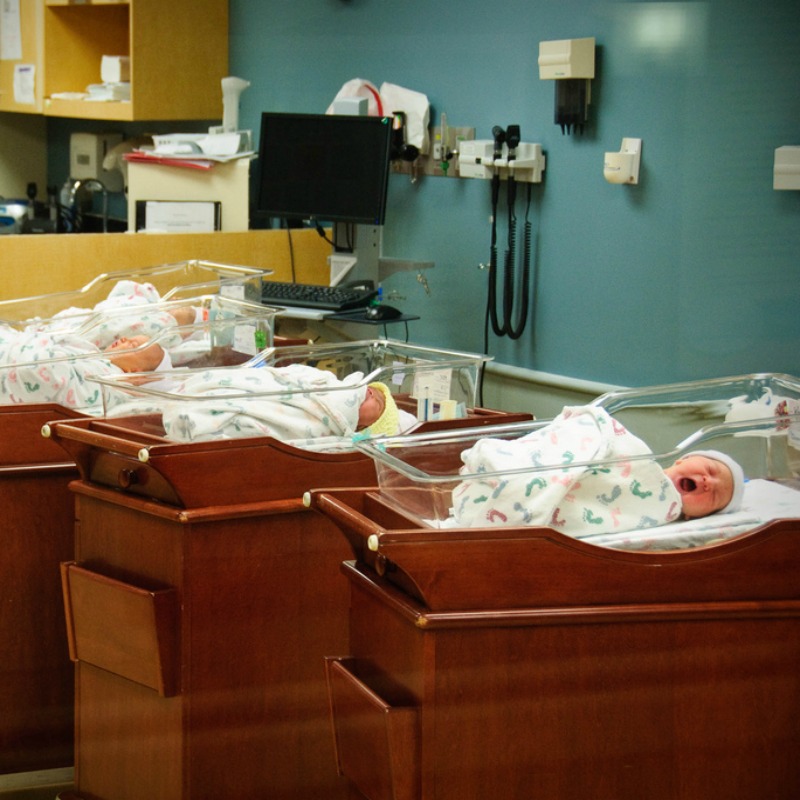A growing number of cities in the U.S. are phasing out traditional hospital nurseries in order to promote newborns “rooming in” with their mothers.
But is this necessarily a good thing for new moms and babies?
The shift is part of a of a nationwide effort to promote bonding, breastfeeding and parenting skills, according to The Boston Globe, At the same time, the World Health Organization and the United Nations Children’s Fund is also promoting breastfeeding through rooming in as a part of its “Baby-Friendly” initiative. As a result, 329 hospitals in the U.S. are attempting to achieve this baby-friendly status.
While there will certainly still be neonatal intensive care units (NICUS) for babies who require extra health attention, even more hospitals could be steering away from offering traditional nurseries. Dr. Amy Tuteur, an OB-GYN, wrote her concerns with this aspect of the baby-friendly initiative in Time.
“The breastfeeding industry is sadly confused about the relationship between rooming in and breastfeeding,” Tuteur wrote. “Rooming-in doesn’t promote breastfeeding; breastfeeding promotes rooming-in, because the women most committed to breastfeeding are often committed to keeping their babies with them at all times. There no evidence that rooming in leads to increased breastfeeding rates, and there’s no plausible way for it to do so. Women don’t make serious infant feeding decisions based on trivial issues like whether or not they can send the baby to the nursery.”
Forced rooming-in is also unsafe, Tuteur argues. New moms may have difficulty lifting their babies out of their hospital bassinets (especially if they’re recovering from a c-section) and they are more likely to keep newborns in bed with them. Soft bedding and a mom who is sedated from narcotics for pain relief after a c-section or vaginal tears could be a recipe for accidental infant death. In these cases, Tuteur says, it’s best for someone else to watch the newborn while mom sleeps.
Here are a few tips for providing a safe sleep environment for an infant, as directed by the American Academy of Pediatrics (AAP):
- Always place your baby to sleep in his back.
- Place baby on a firm mattress, covered by a fitted sheet that meets current safety standards.
- Place the crib in an area that is always smoke free.
- Don’t place babies to sleep on adult beds, chairs, sofas, waterbeds, pillows or cushions.
- Soft bedding, comforters, pillows, stuffed animals, bumper pads, wedges and toys should not be place in a crib with a baby. Loose bedding, like sheets and blankets, should not be used either, as they can impair the infant’s ability to breathe if they are close to his face. Better alternatives include sleep clothing, such as sleepers, sleep sacks and wearable blankets.
